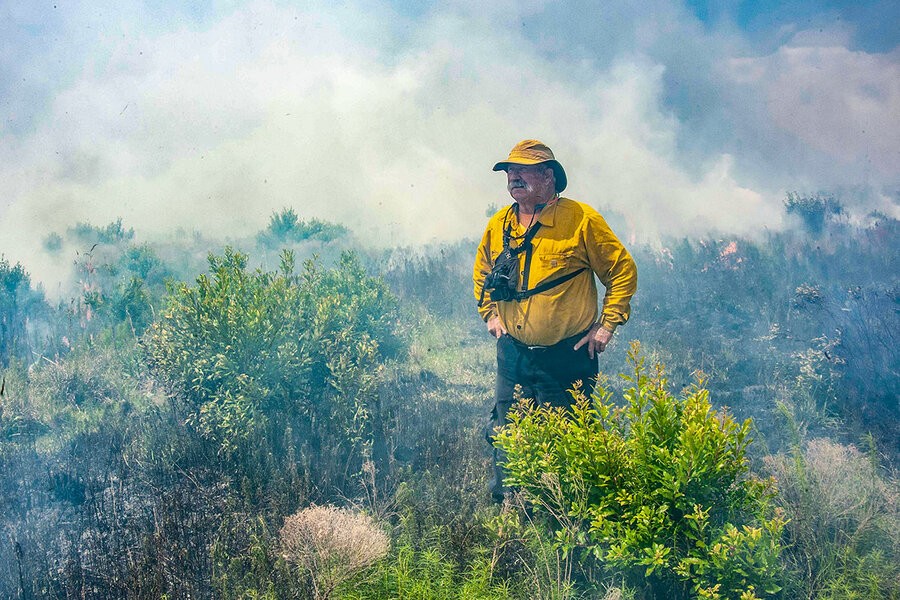Takeaways
- Florida’s growing population significantly increases the demand for modernized fire services and infrastructure.
- Recruitment, retention, and advanced training programs are critical to meeting future firefighter workforce needs.
- Proactive planning, legislative support, and community collaboration ensure effective and sustainable fire protection.
The State of Florida’s Fire Services Today
Florida’s fire services face increasing pressure to meet growing public safety needs. Fire departments across the state manage diverse responsibilities, including firefighting, emergency medical services, and disaster response. However, staffing shortages hinder their ability to operate at full capacity. Limited resources further challenge the ability to provide consistent, reliable fire protection. Additionally, rural areas often experience longer response times due to fewer nearby stations. Departments in urban areas struggle to keep pace with rapid development and population growth. To improve public safety, fire services must address these pressing challenges effectively. Efforts to enhance recruitment, expand resources, and modernize operations remain vital.
Florida’s Population Boom and Its Impact
Florida’s population continues to rise, driven by migration and economic growth. This trend increases demands on emergency services, particularly in growing metropolitan areas. Expanding suburban developments place additional strain on already stretched resources. Population density in urban centers also creates unique fire safety challenges. Increased construction means more buildings require inspections and fire prevention measures. Wildland-urban interface zones also heighten fire risks as communities expand into forested areas. This rapid growth underscores the importance of proactive planning to meet future needs. Fire departments must adapt to these shifts to protect residents effectively.
Recruiting and Retaining Firefighters
Attracting and retaining skilled firefighters poses a significant challenge for Florida’s fire services. Departments must offer competitive pay and benefits to attract candidates. Providing clear career paths and advancement opportunities helps improve firefighter retention. Mental health and wellness programs support firefighters in high-stress roles. Recruitment campaigns focusing on diversity help reflect the communities served. Public outreach initiatives educate potential candidates about the rewards of firefighting careers. Building partnerships with educational institutions creates pipelines for future professionals. Florida firefighters can benefit greatly from online certifications tailored to their career progression. Departments must prioritize employee satisfaction to retain experienced personnel effectively.
Upgrading Equipment and Infrastructure
Modern equipment ensures firefighters can respond to emergencies safely and efficiently. Fire departments must invest in updated fire engines, protective gear, and communication tools. Advanced technologies, like thermal imaging cameras, improve situational awareness during operations. Aging fire stations need renovations or replacements to meet safety and operational standards. Expanding fire stations reduces response times in underserved areas. Specialized training like pump operations is critical for advanced firefighting tactics. Collaborative funding initiatives between local governments and communities support these upgrades. Departments benefit from ongoing assessments to identify equipment and infrastructure needs.
Innovative Training Approaches for Future Needs
Training programs must evolve to address emerging challenges in fire service operations. Virtual reality simulations provide realistic training for diverse emergency scenarios. Specialized training prepares firefighters for hazardous materials incidents and technical rescues. Resilience training fosters mental toughness and emotional well-being. Departments must ensure training aligns with evolving fire prevention codes and standards. Regular skill refreshers maintain readiness for complex situations. Partnerships with national organizations enhance access to cutting-edge training methods. Fire officer classes online offer flexible and comprehensive education opportunities. Firefighters benefit from comprehensive, ongoing education tailored to real-world demands.
Planned Legislative and Policy Changes
Legislative actions shape the future of fire services by addressing funding and operational needs. Proposed policies aim to improve firefighter compensation and workplace protections. Expanded funding ensures departments can hire staff and upgrade resources effectively. Collaboration with lawmakers helps address recruitment and retention challenges. Legislative efforts also promote advancements in fire safety technologies and practices. Examples from other states showcase the potential of forward-thinking policies. Departments and communities must advocate for measures that strengthen public safety. Continued engagement with legislators ensures that the fire service industry’s needs remain a priority in policymaking.
Community Involvement and Support
Strong community partnerships enhance fire prevention and emergency preparedness efforts. Public education campaigns raise awareness about fire safety best practices. Volunteer programs allow residents to actively support local fire departments. Community fundraising initiatives provide essential funding for equipment and training programs. Collaborative emergency planning strengthens readiness for disasters and large-scale incidents. Residents who understand fire risks take proactive steps to improve safety. Departments must prioritize transparency and engagement to build public trust. A connected community supports fire services in achieving shared safety goals.
Addressing the Looming Gap: Projections and Solutions
Population growth risks outpacing the ability to train and deploy firefighters effectively. Current training rates fall short of projected demand in many regions. Experts emphasize the importance of sustained recruitment efforts to close this gap. Advanced technologies, such as data analytics, help predict future service needs accurately. Increased funding for training programs supports the development of a skilled workforce. Collaboration between state agencies, communities, and departments offers practical solutions. Proactive planning ensures fire services remain prepared for future challenges.
FAQ: Frequently Asked Questions
What steps is Florida taking to recruit more firefighters?
Florida implements outreach programs to attract diverse candidates to fire service careers. Partnerships with schools and communities also raise awareness about firefighting opportunities.
How is technology helping fire departments handle population growth?
Advanced tools like thermal imaging and GIS mapping enhance response capabilities. Data-driven insights also guide resource allocation for growing communities.
What are the long-term strategies to ensure Florida’s fire services remain effective?
Sustained funding, innovative training, and legislative support ensure departments can meet future needs. Collaboration between stakeholders strengthens long-term fire service resilience.
The Road Ahead for Florida’s Fire Services
Florida’s fire services face growing challenges but also significant opportunities for improvement. Strategic investments in staffing, training, and equipment will enhance public safety. Proactive planning and community partnerships remain essential for future success. Policymakers, leaders, and residents must work together to support fire services. With continued effort, Florida can meet its growing fire protection needs effectively.
References
New Interface Strategies in Florida
This report discusses Florida’s response to the 1998 fire season, highlighting initiatives to address wildfire risks amid rapid population growth.
Future Trends in Fire and Emergency Services
An academic thesis from the University of Florida analyzing technological and demographic trends impacting the state’s emergency services.
Managing Wildland Fire Risk in Florida
A publication by the U.S. Forest Service examining strategies for managing wildfire risks in Florida’s evolving landscapes.




